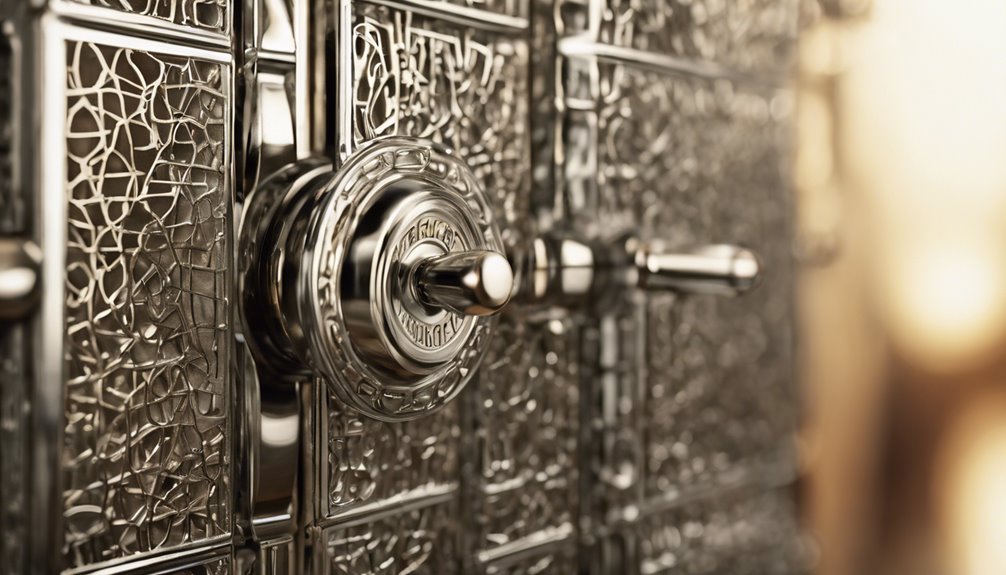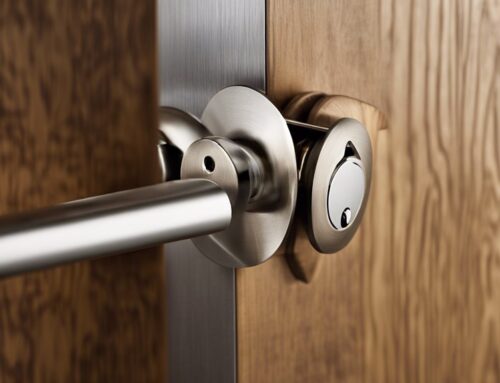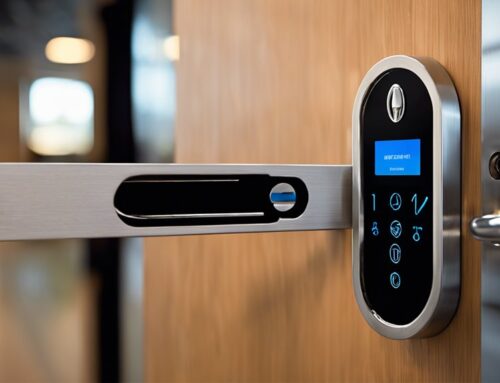When you consider the security of wafer tumbler locks, you might appreciate their design and affordability for everyday applications. However, you should also recognize that their simplicity comes with certain vulnerabilities that could compromise your security. While these locks can effectively function in low-security environments, understanding their weaknesses is essential if you want to protect what matters. As we explore their mechanics and compare them with other lock types, you’ll uncover insights that might just change your perspective on your locking solutions.
Key Takeaways
- Wafer tumbler locks feature a simple design with flat wafers, making them less prone to jamming compared to pin tumbler locks.
- These locks offer resistance to picking but are susceptible to physical attacks due to often using low-quality materials.
- Although cost-effective and user-friendly, wafer tumbler locks are best suited for low-security applications, such as file cabinets and lockers.
- They lack advanced security features like anti-drill plates, increasing vulnerability to drilling and bypass techniques by skilled locksmiths.
- Regular assessments and upgrades to higher security keyways are recommended to maintain lock integrity in sensitive environments.
Design and Mechanism
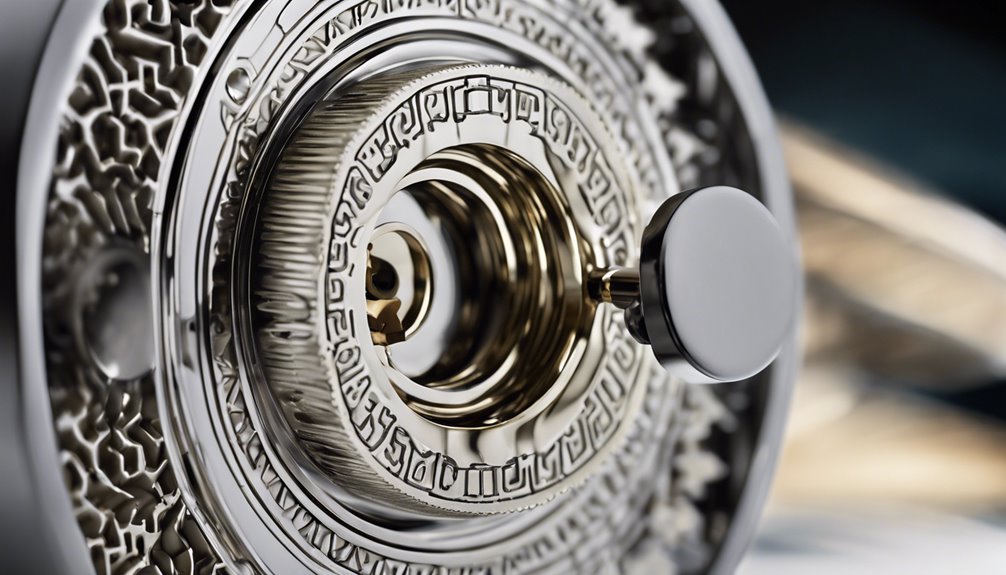
While many lock types employ various designs for security, wafer tumbler locks stand out due to their unique mechanism.
These locks utilize a series of flat wafers, each with cutouts formed to match a specific key profile. When you insert the correct key, the wafers align within the lock cylinder, allowing the locking mechanism to rotate and the bolt to engage or disengage. This precision in alignment is essential for effective locking.
Unlike pin tumbler locks, wafer tumbler designs are generally simpler and less prone to jamming, given their flat components.
Furthermore, their compact nature often makes them suitable for applications where space is limited, yet they provide reliable function under routine use and wear.
Security Features and Advantages
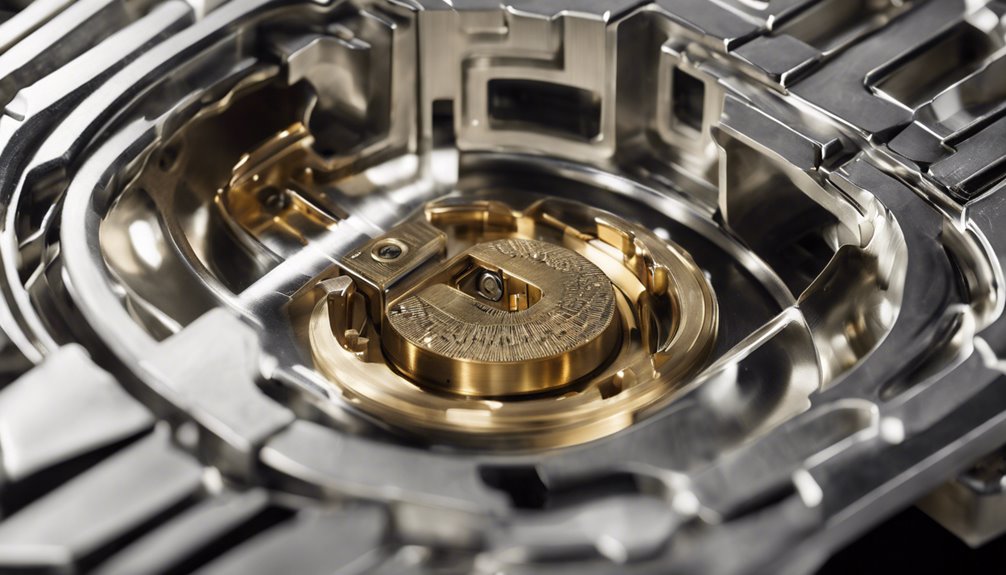
The security features of wafer tumbler locks offer significant advantages that make them a popular choice for various applications. Their design provides ease of installation and effective resistance to tampering, enhancing your overall security. Moreover, incorporating additional security measures can further bolster the protection these locks offer. Additionally, the use of high-security locks can elevate the level of protection against forced entry.
| Feature | Advantage |
|---|---|
| Resistance to Picking | Hinders unauthorized access |
| Durability | Long-lasting under wear |
| Cost-Effectiveness | Affordable for many consumers |
| Simplicity | User-friendly mechanics |
| Versatility | Adapts to multiple lock needs |
These locks invoke trust through their reliable performance, making them suitable for residential or commercial settings. When you choose wafer tumbler locks, you’re investing in an accessible and effective security solution tailored for various needs.
Vulnerabilities of Wafer Tumbler Locks
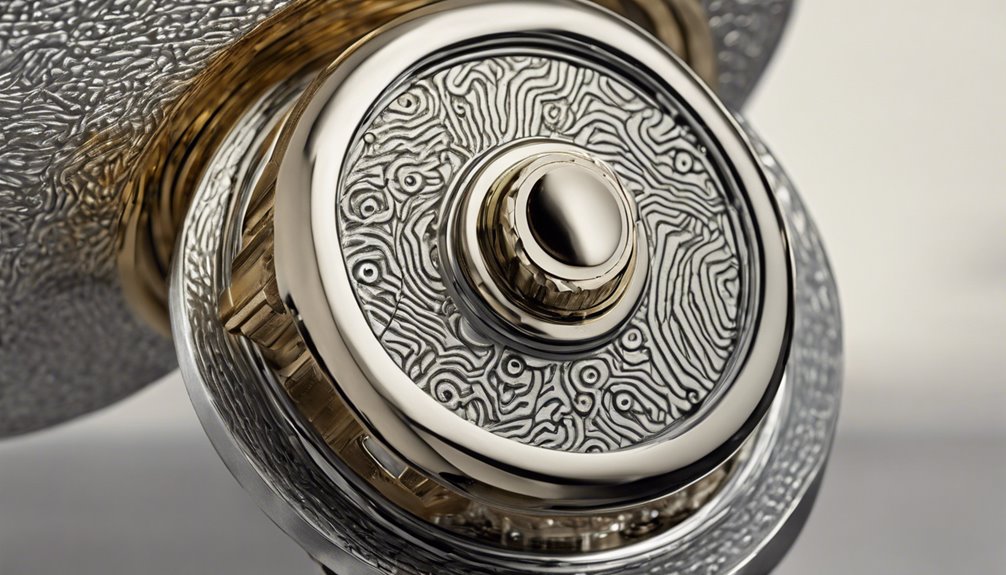
Although wafer tumbler locks are widely recognized for their security features, they do have notable vulnerabilities that can undermine their effectiveness.
One significant weakness is their susceptibility to lock picking, as the design allows for easier manipulation of the tumblers compared to pin tumbler locks. This is largely due to the fact that the mechanics of wafer tumblers involve fewer moving parts than traditional pin tumblers, making them more accessible for manipulation.
Additionally, wafer tumbler locks often utilize low-quality materials, making them prone to physical attacks like drilling or snapping.
The standard keyways can be easily bypassed, especially if a locksmith possesses advanced skills or tools.
Furthermore, many wafer locks don’t offer anti-drill plates, rendering them vulnerable to a common burglary method.
When prioritizing security, it’s crucial to evaluate these weaknesses to make informed decisions about lock choices and overall safety. Regular assessments and upgrades to higher security keyways can significantly improve protection against these vulnerabilities.
Comparison With Other Lock Types
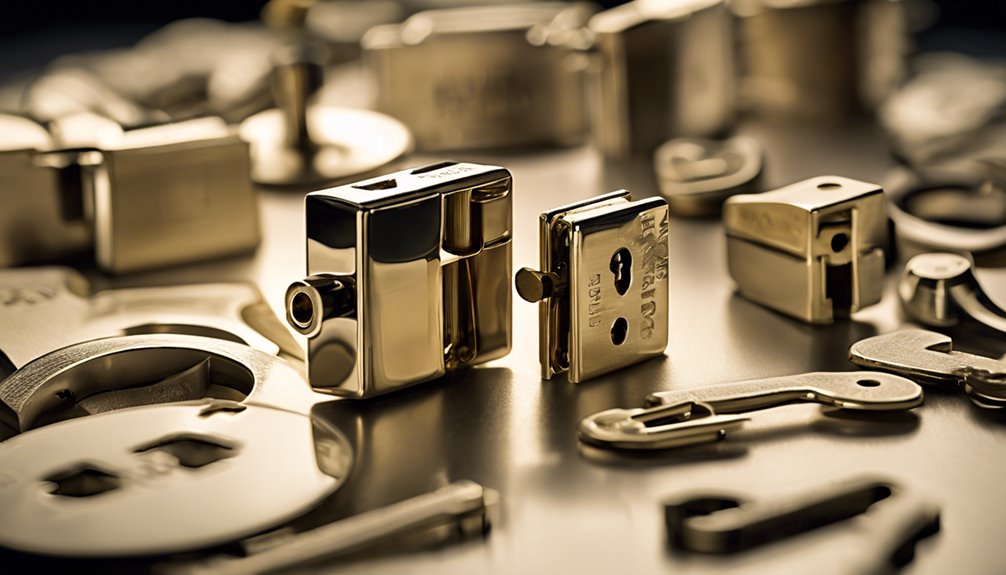
When evaluating the security of wafer tumbler locks, it’s essential to compare them with other lock types, such as pin tumbler locks, disc detainer locks, and electronic locks.
Pin tumbler locks, while offering better resistance to picking, still present vulnerabilities to skilled intruders. Interestingly, many consumers often consider options like rekeying locks as a more cost-effective solution over replacement.
Disc detainer locks provide enhanced security due to their complex mechanism, making them more challenging to manipulate. However, their implementation can be cost-prohibitive.
Electronic locks, while technologically advanced and often featuring keyless entry, introduce risks like battery failure and hacking.
In contrast, wafer tumbler locks are generally easier to bypass, yet they remain convenient for low-security applications where cost and simplicity are prioritized. Additionally, considering re-keying vs. replacing locks, wafer tumbler locks can be sensitive to both methods depending on the desired security level.
Ultimately, each lock type has unique strengths and weaknesses that influence their application in security contexts.
Applications and Use Cases

Wafer tumbler locks find their niche in various applications where quick access and cost-effectiveness are priorities.
You’ll often encounter these locks in low-security environments such as file cabinets, lockers, and mailboxes. Their simplicity allows for rapid installation, making them ideal for temporary or frequent access scenarios.
Additionally, wafer tumbler locks are prevalent in residential settings for secondary entrances—garages or sheds—where cost efficiency is essential. You might also see them in vending machines and point-of-sale devices, ensuring easy maintenance and user access.
Despite their lower security level compared to other lock types, when used appropriately, wafer tumbler locks provide a practical solution for applications requiring quick accessibility without compromising the overall system integrity. Furthermore, understanding lock security levels is crucial in selecting the right type of locking mechanism for your specific needs.
Frequently Asked Questions
How Do I Maintain Wafer Tumbler Locks for Optimal Performance?
To maintain wafer tumbler locks for peak performance, regularly inspect them for dirt and debris that can hinder functionality.
Clean the lock cylinder using a compressed air canister, then apply a graphite lubricant to the keyway. This reduces friction and wear, enhancing smooth operation.
Verify keys are free from bends or damage, and consider rekeying if multiple keys are used.
These steps help prolong the lifespan and guarantee reliable locking mechanisms.
Can I Install Wafer Tumbler Locks Myself?
Yes, you can install wafer tumbler locks yourself, and about 70% of DIY enthusiasts successfully tackle such projects.
Start by gathering your tools—screwdriver, measuring tape, and the lock kit. Remove the old lock carefully, making sure you follow the manufacturer’s instructions.
Make precise measurements and adjustments before inserting the new wafer lock. Finally, test the functionality to verify it operates smoothly.
With attention to detail, you’ll achieve a secure installation that meets your needs.
What Is the Average Lifespan of a Wafer Tumbler Lock?
The average lifespan of a wafer tumbler lock typically ranges from 5 to 10 years, depending on usage and environmental factors.
If you maintain it properly—regularly lubricating the mechanism and addressing any wear—you can maximize its durability.
However, exposure to harsh conditions or frequent use can shorten its lifespan.
It’s crucial to assess the lock’s condition periodically and consider replacement if you notice decreased functionality or security concerns.
Are There Any Specific Brands Recommended for Wafer Tumbler Locks?
When choosing a lock, think of it as selecting a shield for your home.
For wafer tumbler locks, brands like Kwikset, Schlage, and Yale stand out. Their craftsmanship guarantees durability, while features like anti-pick technology enhance security.
Each lock varies in design and function, so consider your specific needs. Evaluating warranties and customer reviews can also help you make an informed decision that blends security with style, assuring your fortress remains impenetrable.
How Do Rekeying Kits for Wafer Tumbler Locks Work?
Rekeying kits for wafer tumbler locks allow you to change the lock’s key configuration without replacing the entire lock.
You start by removing the lock core, then insert the new wafers that match your new key’s cuts.
Once the appropriate wafers are in place, reassemble the core and test the new key for smooth operation.
This method maintains your lock’s integrity while providing enhanced security, aligning with your specific access needs.
Conclusion
In conclusion, wafer tumbler locks, while efficient for low-security needs, resemble a fragile fortress that can be easily breached. Their simple design serves practical purposes, yet their vulnerabilities call for caution. Much like a classic tale of the Trojan Horse, their apparent ease of use masks potential risks. Investing in higher security options is wise, especially for sensitive environments. Remember, safety isn’t just about access; it’s about safeguarding what truly matters.

